By the time Studebaker launched the Avanti, the company was somewhat financially embarrassed. Okay, they were broke. Sadly, the Avanti was a case of too little too late for a manufacturer that had been operating for more than a century. It was a sad end to proceedings, and industry speculation before this collapse undermined buyer confidence and meant that people shunned the brand. The “halo” car that Studebaker hoped would turn the company’s fortunes around did so. Unfortunately, it turned the fortunes a full 360°! The net result was that the Avanti sold in limited numbers and failed to save the company. However, this is your chance to own three of these classics. The primary car is a structurally sound vehicle that runs and drives. There are enough good parts spread across the other two cars that it is conceivable that the buyer could put together a second vehicle to either add to their collection or to sell and recoup some of the project costs. Located in Erie, Pennsylvania, you will find the trio listed for sale here on eBay. The bidding has sailed past the reserve and currently sits at $7,300.
The styling of the Avati is distinctive, and it tends to polarize opinions. There’s no arguing that it is eye-catching, and there’s not much chance that you will mistake one of these for something else. This car is finished in a shade called Avanti Turquoise, one of the five colors that Studebaker offered during the 1963 model year. The paint is looking tired, and a repaint would make a huge difference. The good news is that the owner says that the car is rust-free, meaning that there shouldn’t be any issues with the floor or the rust-prone hog troughs. Although some of the pieces would benefit from a trip to the platers, all of the trim is present. There are some scratches on the windshield, but the remaining tinted glass is in excellent order. A specialist may be able to polish out these scratches, but the buyer could always swap the windshield out of one of the parts cars to address the problem.
As is the case with the exterior, the Avanti’s interior is complete, but it will need some work. This is one of those cases where I would clean everything before making a shopping list because I think the buyer could save money. A new carpet set is a definite, as are new covers for the front seats. The back seat looks okay, but some of the other trim pieces are wrinkled. However, I think that a good upholsterer should be able to stretch these into shape with little drama. The dash appears to be in good order, but the wheel does have a couple of cracks. An 8-track player and an FM converter are mounted under the dash, but there have been no other additions. The car still features its original pushbutton radio, while the original owner ordered it with power windows.
This Avanti might have the entry-level R1 V8, but there’s nothing wrong with what it offered buyers in 1963. With a capacity of 289ci, it pumped out a respectable 240hp. Those ponies are fed to the rear wheels via a 3-speed automatic transmission, while power steering and power brakes were part of the package. In this guise, the Avanti could cover the 17 seconds, which was pretty respectable at that time. This classic is numbers-matching, and it remains mechanically untouched. It isn’t unusual to see components like the ignition shroud disappear, but everything appears intact. The owner says that it runs and drives, but there are a few issues with the transmission. It has a fluid leak, and it also doesn’t shift cleanly. If the buyer wants to retain the car’s numbers-matching status, they will have to send the transmission for a rebuild. If originality is not an essential requirement, there are transmissions in both parts cars that could find their way into this one.
The first parts car was apparently in decent condition until some charming souls vandalized it. They smashed out all of the glass, and with the car having sat exposed to the elements for years, most of the interior will be trashed. It isn’t clear how the vehicle stacks up structurally, but with the body in good condition, it might be a great candidate for a second restoration project. It features the R1 engine, but it does lift the desirability stakes by featuring a manual transmission.
The second parts car has been in a fender bender and is missing its front clip. Once again, it has been sitting for years, and its structural state is unknown. If the floors and hog troughs are sound, an enthusiastic buyer might be able to marry the two cars together to return another Avanti to our roads. Mechanically, it features the R1 V8 and an automatic transmission, although the original owner ordered it with air conditioning.
It is interesting to speculate on how history might have changed if Studebaker had survived. The Avanti represented the last roll of the dice for the company. Had it not been undermined by industry speculation about the company’s health, it is possible that many more Avantis would have rolled off the line. After production ended, the tooling passed through the hands of various organizations, and the Avanti soldiered on for far longer than you might expect for a car of this type. Studebaker managed to sell 4,647 vehicles before the ax fell, and it isn’t clear how many still survive. This is a chance for someone to return at least one of these classics to active duty, with the possibility of a second as a bonus. The bidding has been spirited to this point, and when you look at the potential that is on offer, it’s easy to see why.
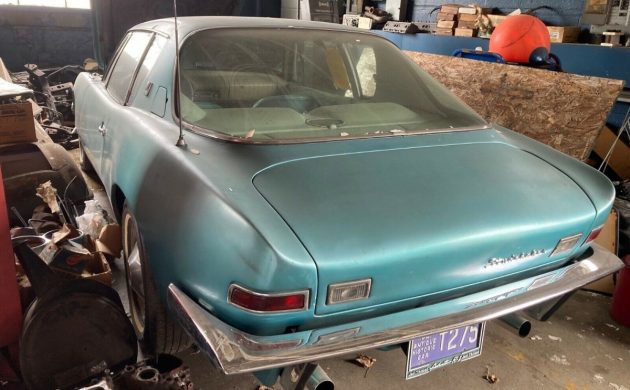
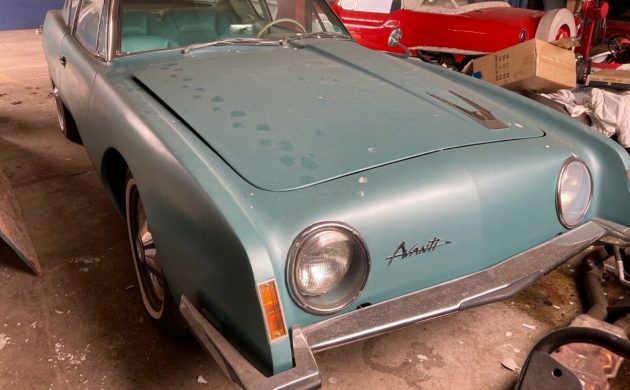

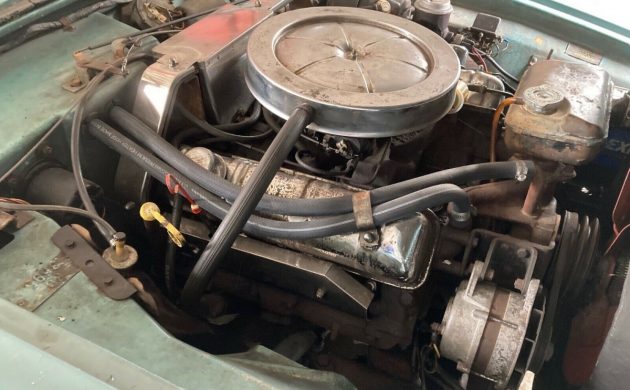
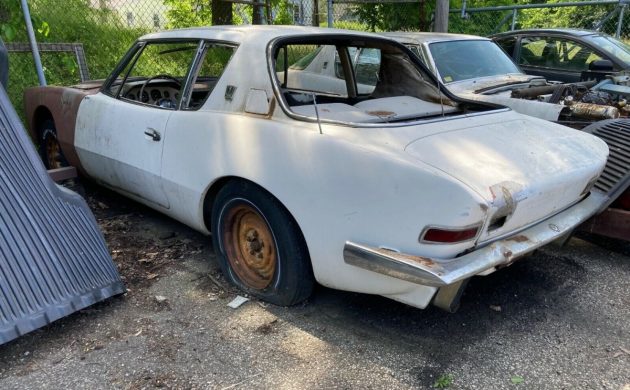
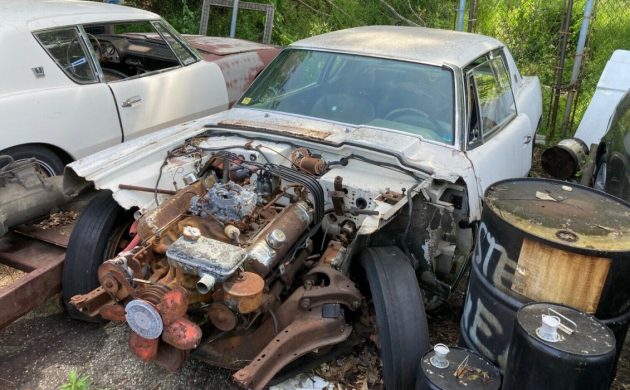



This might be one of those times that because they are also including the parts cars it may result in a lower sales price as some bidders will be turned off by the hassle.
Many times parts cars all need the same parts.
How much more would the turquoise Avanti cost without the 2 junkers, er, parts cars?
Say what you want about Studebakers in general, but they certainly knew how to make their instrument clusters. From ’53 on, their dashes were some of the nicest looking that were ever offered by the auto industry. And they were all business, with all the gauges you’d ever need.
I’m digg’in the paw prints across the hood!
I would want to see the hog troughs. Replacing them is a big job requiring the body to be removed to do it right.
Unfortunately, the Avanti wasn’t going to save Studebaker . Sure it had an all new looking fiberglass body , but underneath it was the same old car from a decade before, just like the Hawk and Lark. Even if the Avanti sold better, how was Studebaker going to keep up with the times ? All new tooling for the Avanti, and fiberglass because they didn’t have the money for new sheet metal , so how do you update the body ? Stude got their moneys worth with the Hawks body , but in an era where cars styles were changing on a near yearly basis , I dont think they would have been able keep up with the times.
Terry, you hit the nail on the head re: the gauges. Yet there are those on this site that prefer idiot lights. To each his/her head-in-the-sand own.